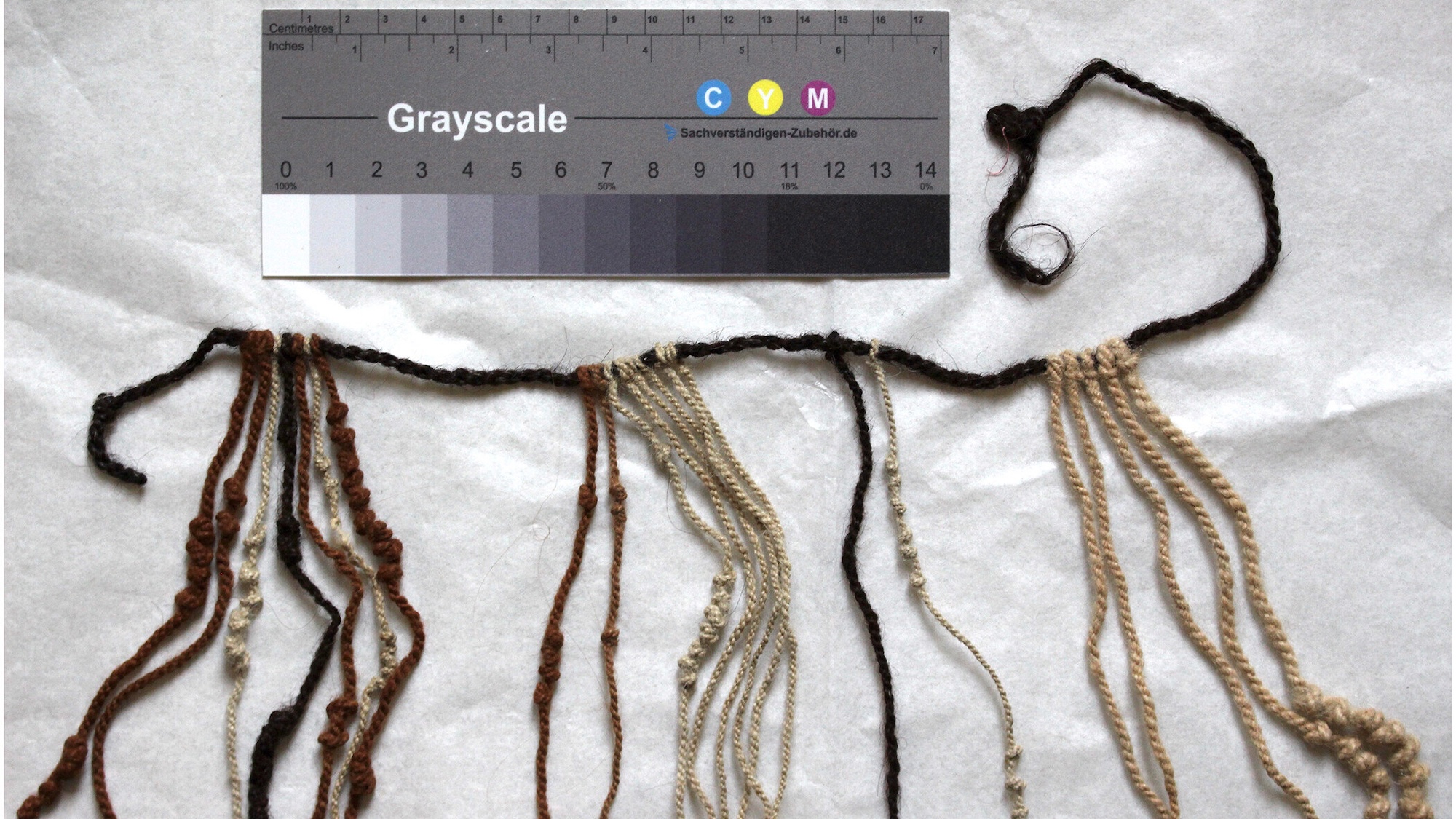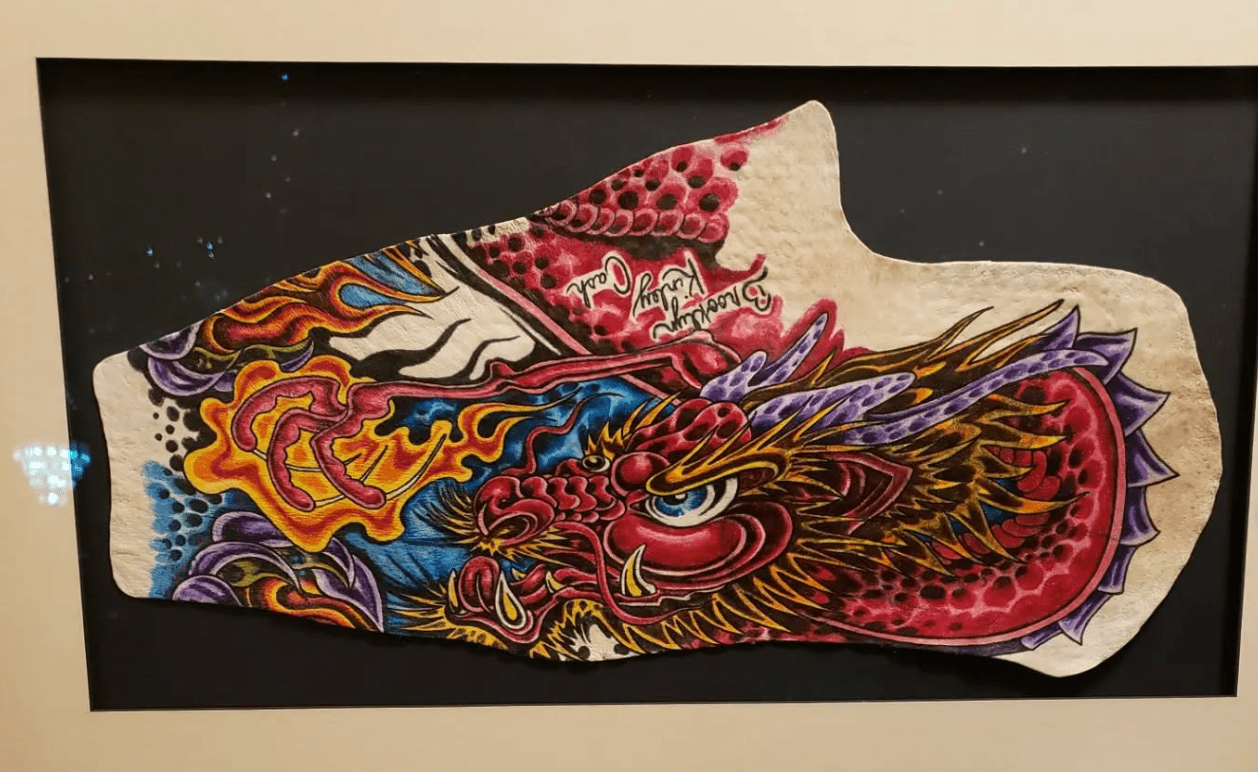Now Reading: Incan Empire Used Human Hair for Recordkeeping, Study Finds
-
01
Incan Empire Used Human Hair for Recordkeeping, Study Finds
Incan Empire Used Human Hair for Recordkeeping, Study Finds

Fast Summary
- The khipu was used in the Incan empire for recordkeeping, functioning like a spreadsheet with knotted cords representing decimal numbers.
- A recent study analyzed a khipu dating back to ~1500 CE using radiocarbon dating and isotope ratio mass spectrometry.
- The khipu’s primary cord consisted of human hair from an individual whose diet mainly included greens and tubers, suggesting thay were likely a commoner rather than an elite.
- Additional isotopic analysis indicated the individual lived at high altitudes (8,560-9,186 feet above sea level) in southern Peru or northern Chile and had minimal exposure to marine resources in their diet.
- Evidence suggests that participation in producing khipus extended beyond elites to include commoners in the highly class-based Incan empire.
- Indigenous accounts from chroniclers like Felipe Guaman Poma de Ayala mention women keeping records on khipus as early as the 16th century.
Images:
!Khipu Sample
Caption: Each khipu strand represented its own decimal number.Credit: Hyland, School of Divinity / University of St. andrews
!Khipu Hair
Caption: The loose end of the khipu’s primary cord from which the hair sample was taken. Credit: S.H., School of Divinity, University of St andrews.
Indian Opinion Analysis
The findings about extended use of khipus among Incan commoners challenge conventional assumptions about recordkeeping being exclusive to elites within hierarchical societies such as ancient empires. For India-a nation rich with diverse traditions involving arts and crafts-it underscores how symbols or everyday objects can serve complex administrative functions within communities. This study also highlights opportunities for applying modern scientific techniques like isotope analysis to deepen understanding of ancient artifacts closer home.
For India specifically, research methodologies similar to those applied on this ancient South American relic could be harnessed for exploring locally significant systems-like Harappan seals or traditional textiles-and expanding notions around democratized knowledge systems within ancient Indian civilizations. Additionally, valuing indigenous oral histories alongside physical evidence resonates with preserving India’s vast cultural heritage while promoting inclusivity toward grassroots narratives globally.




























